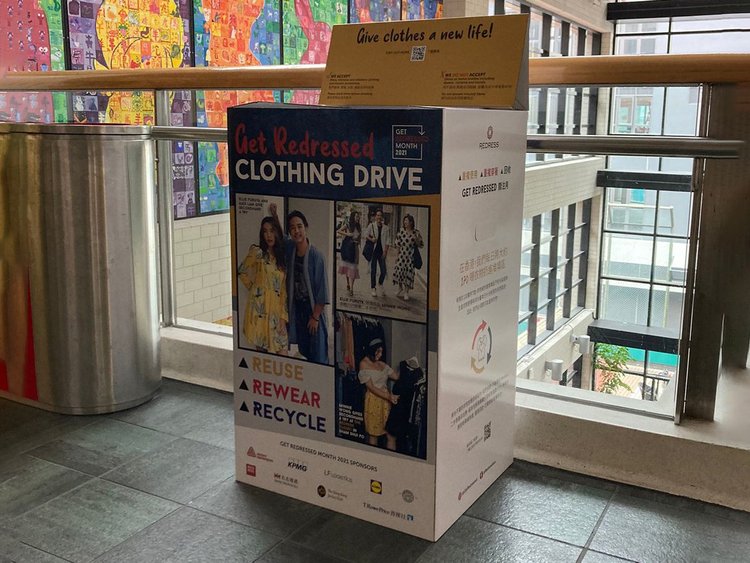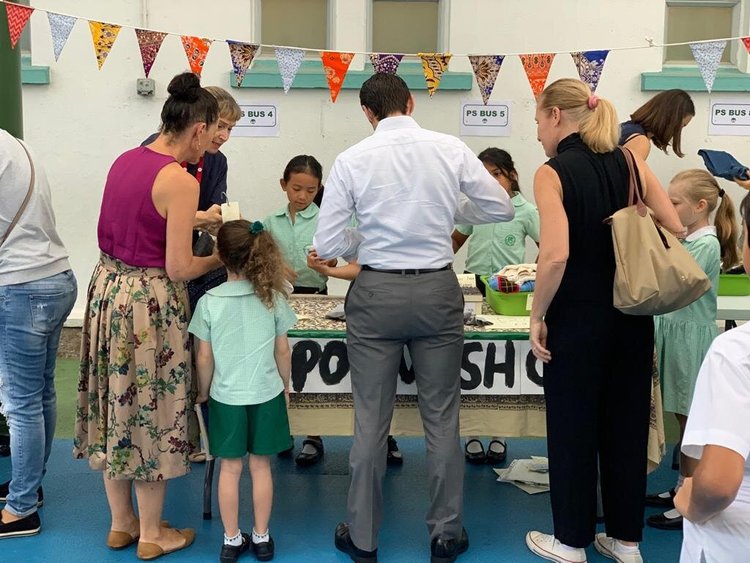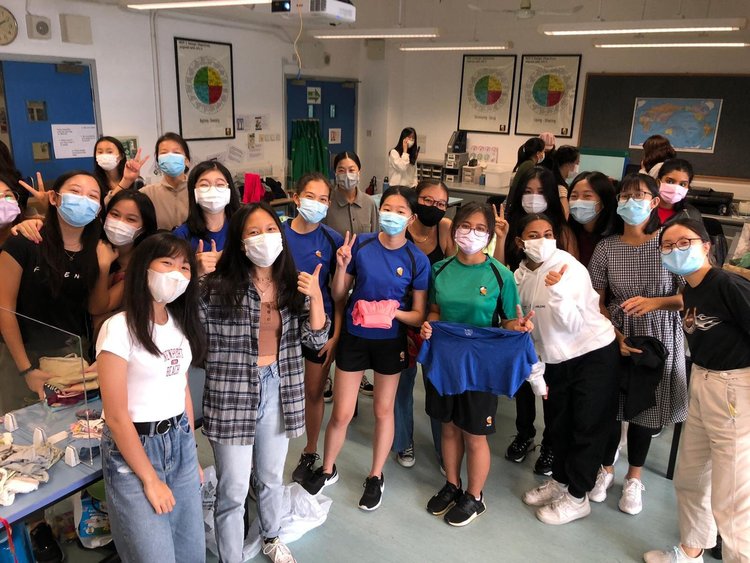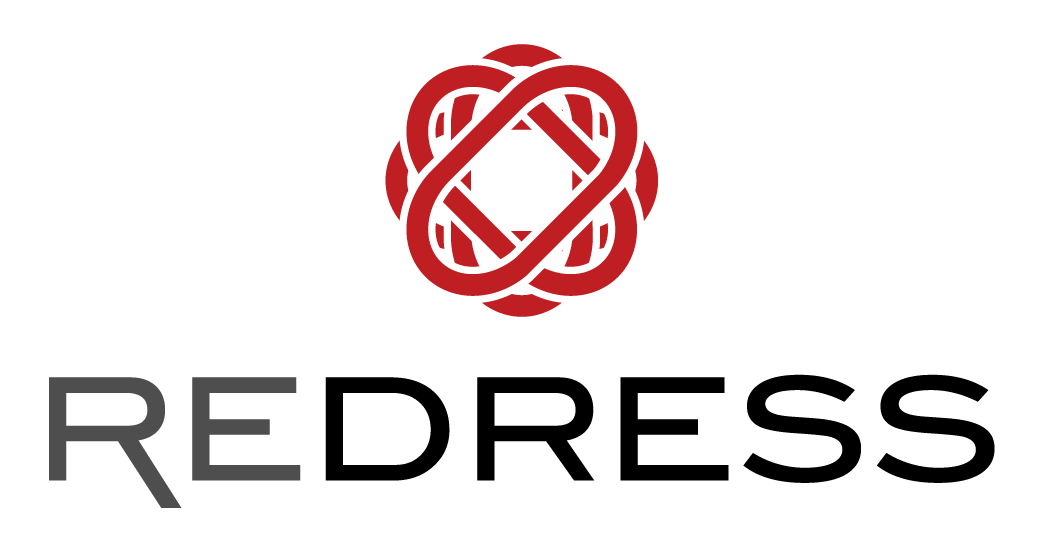Circular Fashion Education Toolkit
Online Learning Resources for Students and Teachers
WHY DID WE DEVELOP THIS EDUCATION TOOLKIT?
Fashion is one of the most polluting and energy-intensive industries in the world, affecting everything from our land and water to the air that we breathe and our warming climate. In fact, the fashion industry alone is responsible for around 10% of global carbon emissions. Yet we are buying more and more clothes, wearing them less, and throwing them away faster, with 87% of all materials used to make our clothes going to landfill, and only 1% being recycled into new clothes.
We believe that educating young citizens is critical to accelerating change in consumer behaviour and fighting against climate change. We also want to spark passion in young people to demand better systems and better products and for a more sustainable future.
WHAT DO WE WANT TO ACHIEVE?
This education toolkit aims to help teachers ignite conversations around issues like production, consumption and waste in the classroom, and to encourage students to think critically about their clothes across their whole lifecycle – how we design them; how we make them; how we use them; and what we do with them when we no longer want them.
By introducing students to these issues, as well as to alternative ways of thinking, making and doing, we hope to inspire students to take an active role in driving change, whether it be in their own consumption habits, at their school, in their local communities, or in their future careers.
WHO IS THIS EDUCATION TOOLKIT FOR?
This education toolkit is designed for teachers and students at both the primary and secondary levels.
It is specifically designed to be relevant to teachers and students from a range of curriculums and disciplines from social studies to language & arts to maths, science and design & technology. We believe that fashion, and its impact on the environment, is by nature an interdisciplinary subject.
The toolkit was intentionally developed to allow teachers flexibility in the content and resources they choose to use in their classrooms. It is also designed to be a research toolkit that students can access and use independently, either as part of a class project, or for their own personal research.
DESIGNED TOGETHER WITH TEACHERS
We created this education toolkit in close consultation with the end users. From the outset, we worked with teachers and curriculum advisors from the English Schools Foundation, the Education Bureau, and our wider network of schools, who helped us to understand how best to create it to support current curriculums, pedagogies and teacher and student-learning needs.
HOW TO USE THIS EDUCATION TOOLKIT
We created this set of guidelines especially for teachers, empowering them to make the best use of this toolkit’s educational resources. These guidelines include introductions to the resources, along with explanations on how to use them effectively; you’ll also find sample questions to help guide students and ideas for cross-subject class activities, including social studies, language & arts, maths, science and design & technology.
The platform is supported by a Resource Library with additional resources such as vocabulary, facts & infographics, picture books, videos, photos and news articles. These resources were carefully chosen by the Redress team to provide more context and learning opportunities for teachers and students around the issues covered on this platform. Explore our Resource Library.
|
EDUCATIONAL RESOURCES |
GUIDELINES FOR TEACHERS |
|
|
English |
CHINESE |
|
|
CIRCULAR FASHION LEARNING MODULES Suitable for primary and secondary students |
||
|
‘OUR JEANS AND THE PLANET’ INTERACTIVE LEARNING WEBSITE Suitable for students aged 11+ |
||
|
CIRCULAR FASHION IN HONG KONG – STUDENT-CREATED EDUCATIONAL VIDEOS Suitable for students aged 11+ |
||
|
‘YOYO AND THE WORLD’S COOLEST T-SHIRT’ CHILDREN’S EDUCATIONAL COMIC BOOK Suitable for students aged 6-10 |
||
Organise learning activities with redress at your school
If your school is interested in organising more informative and interactive activities, please get in touch with the Redress team. From educational talks to clothing drives to secondhand clothing pop-up stores, students can get a more in-depth understanding of the issues and practically apply circular fashion within their school. We can also provide teaching advice for primary and secondary school teachers through individual consultations or professional development training to enhance teachers’ confidence in incorporating circular fashion in their syllabus.
Invite Redress to speak with your students
Redress has an experienced team of facilitators with solid knowledge in the sustainability field and experience in youth programme development who can run fun, interactive presentations, talks and workshops online and offline to students of all ages. Both English and Cantonese are available upon request.


Join the get redressed clothing drive
Participate in Hong Kong’s largest clothing drive by joining the Get Redressed Clothing Drive held in May as part of Redress’ annual consumer awareness campaign. School participation is completely free-of-charge, and Redress will take care of the logistics of providing collection boxes and all box drop off and pick ups.
Students can get involved as well as school ambassadors for the Get Redressed Month campaign, helping encourage fellow students to understand more about the environmental impact of fashion, and help them make a difference by participating in our campaign. See our Get Redressed Month School Activity Pack for a full list of activities you can get involved in.


Run a secondhand clothing pop-up shop or swap
Promote buying and wearing secondhand clothes – one of the easiest ways to help reduce clothing waste – by running a secondhand clothing pop-up shop or swap at school. Students can help run the event and get a better understanding of the concept of reuse and resale, practise their business skills while making sure that good quality unwanted clothing gets another life, and even help raise funds to support Redress’ educational work! See our Get Redressed Month School Activity Pack for more tips on how to run a secondhand pop-up shop.


Hold a “Get Redressed Day”
Organise a non-uniform day with a sustainability twist, where you and your students wear clothes that are borrowed, bought secondhand, mended or swapped instead of buying new. See our Get Redressed Month School Activity Pack for tips and posters to help you run a Get Redressed Day. You can invite students to participate by making a small HKD$10 donation each to Redress. Donations will go towards Redress’ educational work.


Organise a professional development training for teachers
Not sure how to incorporate sustainable consumption and circular fashion in your syllabus? Organise a professional development training session for teachers at your school to learn more about how to introduce these concepts in the classroom using practical tools, and inspire students to take action in driving positive change.


GIVE US YOUR FEEDBACK!
We created this education toolkit to be something that is constantly and consistently updated. We would love to hear your feedback about using this toolkit as part of your lesson planning or in the classroom. We also want to hear about other ways that you choose to excite and motivate the students you work with about environmental issues and climate change.
ABOUT REDRESS
Redress is a pioneering Hong Kong based environmental charity with a mission to educate and empower the fashion industry and consumers to reduce clothing’s negative environmental impact by shifting to circular solutions. Our education programme focuses on educating consumers in Hong Kong of all ages about their fashion footprint and empowering them to drive change through circular solutions like buying more responsibly, donating clothes for reuse, or shopping secondhand.
About the ECF Circular Fashion Education Toolkit
This bilingual education toolkit including a handful of student and teacher resources is funded by the Environment and Conservation Fund and the Environmental Campaign Committee. It was designed in consultation with teachers and curriculum advisors from the English Schools Foundation, the Education Bureau of the Government of the Hong Kong Special Administrative Region, and our wider network of Hong Kong schools, who provided invaluable guidance, support and feedback.




